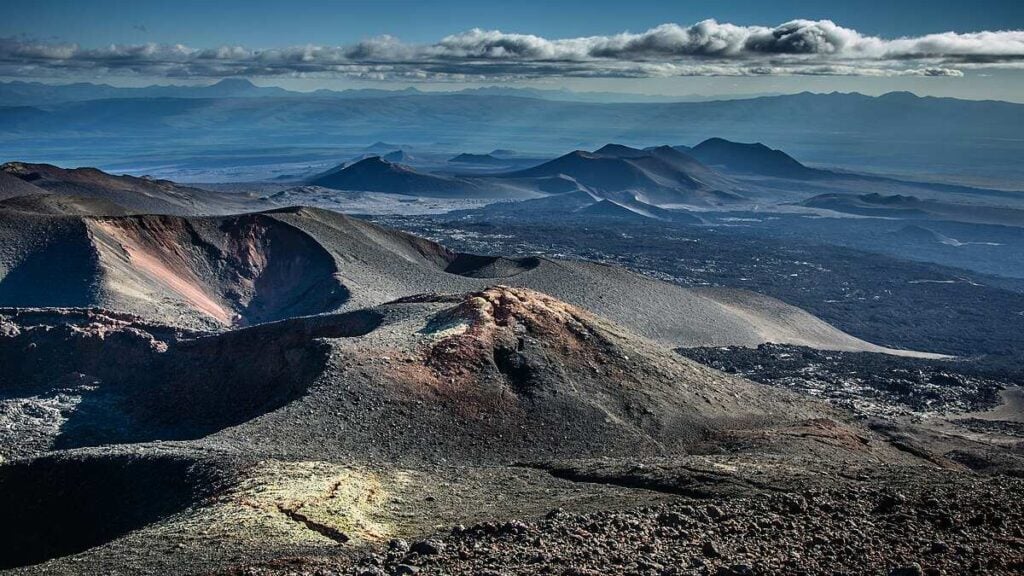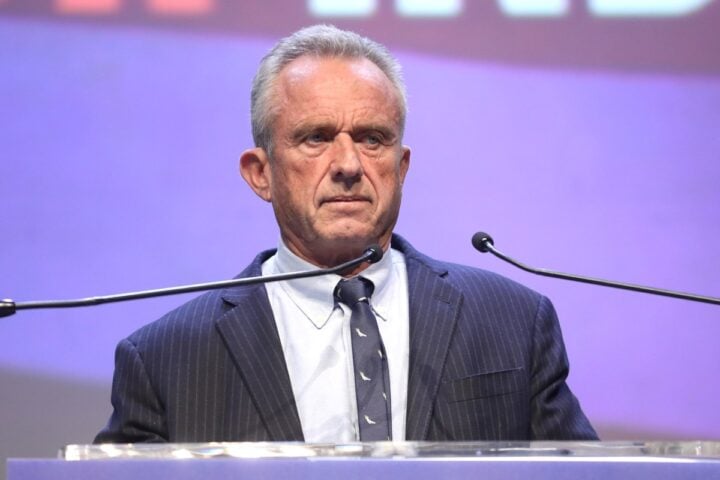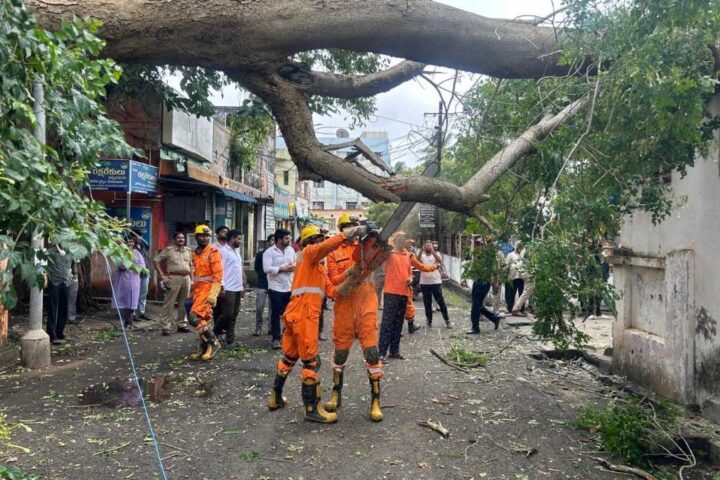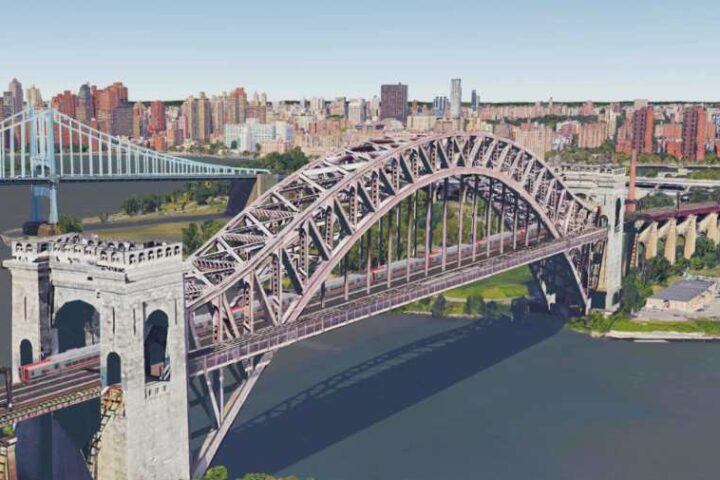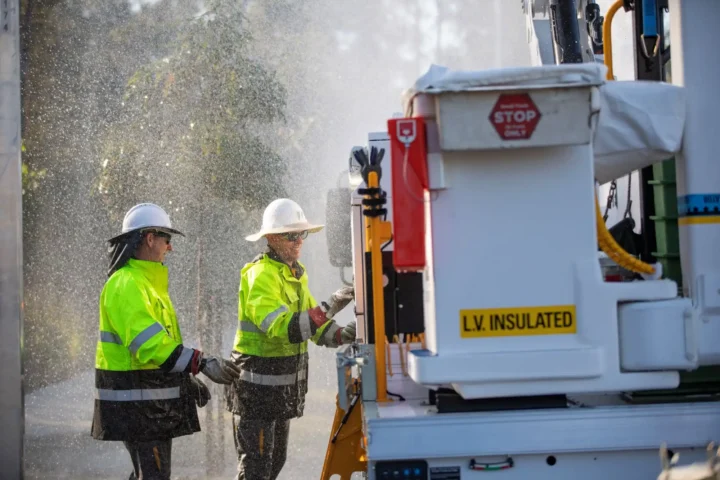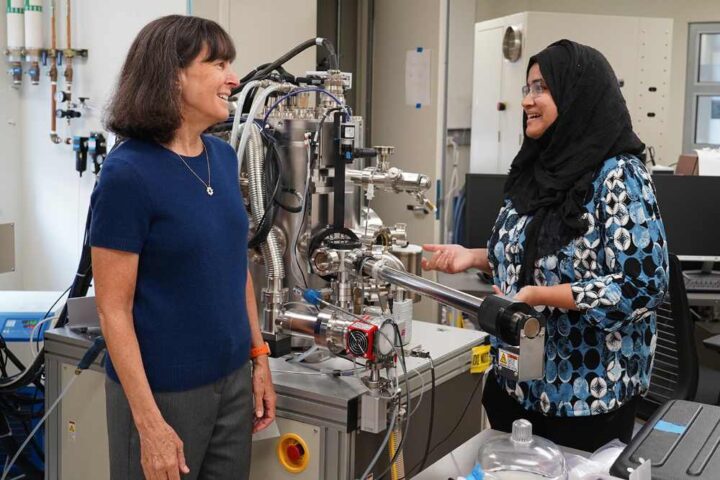Dr. Vinay Prasad, the Food and Drug Administration’s chief medical and science officer, abruptly resigned Tuesday evening, ending a brief but tumultuous tenure marked by controversy over the approval process for a Duchenne muscular dystrophy gene therapy and disputes over COVID-19 booster recommendations.
“Dr. Prasad did not want to be a distraction to the great work of the FDA in the Trump administration and has decided to return to California and spend more time with his family,” Andrew Nixon, a Department of Health and Human Services spokesperson, said in a statement.
The sudden departure comes less than three months after Prasad was appointed in May to head the FDA’s Center for Biologics Evaluation and Research (CBER), the division responsible for regulating vaccines, gene therapies, and blood products. He was later also named the agency’s chief medical and scientific officer, giving him expanded authority across the FDA.
Safety Concerns Over Gene Therapy
Prasad’s exit follows a turbulent period involving Sarepta Therapeutics’ gene therapy Elevidys, which treats Duchenne muscular dystrophy, a rare genetic disease affecting primarily boys that leads to progressive muscle weakness and early death.
The therapy, which costs approximately $3.2 million per dose, has been linked to three patient deaths from acute liver failure. Two patients died after receiving Elevidys, while a third patient—a 51-year-old man—died during a trial for Sarepta’s SRP-9004 therapy targeting limb-girdle muscular dystrophy. Both therapies use an adeno-associated virus (AAV) vector.
Last week, after an 8-year-old Brazilian patient treated with Elevidys died, the FDA launched an investigation and requested Sarepta voluntarily pause all shipments. However, Sarepta initially refused to halt shipments for ambulatory patients (those who can still walk), saying there was no new safety information suggesting increased risk for this group.
In a surprising reversal on Monday, just one day before Prasad’s resignation, the FDA lifted the hold on Elevidys for ambulatory patients after determining the Brazilian death was unrelated to the treatment.
More Posts
Political Pressure Mounts
Behind the scenes, Prasad faced mounting political pressure. According to sources familiar with the situation, criticism from conservative figures included right-wing activist Laura Loomer, who has ties to President Donald Trump.
On her website, Loomer described Prasad as a “progressive leftist saboteur” who was “undermining President Trump’s FDA.” She highlighted Prasad’s previous social media posts and podcast episodes, which she claimed showed support for liberal politicians and criticism of Trump.
The criticism expanded when former Senator Rick Santorum called Prasad “the man destroying @POTUS legacy for helping patients” on social media, and the Wall Street Journal published an opinion piece titled “Vinay Prasad Is a Bernie Sanders Acolyte in MAHA Drag.”
Just days before Prasad’s resignation, FDA Commissioner Makary had defended him, telling Politico that Prasad was an “impeccable scientist.”
Controversial Vaccine Decisions
Prasad’s short tenure was also marked by controversy over COVID-19 vaccine guidance. In May, internal FDA memos revealed that Prasad had overruled agency scientists on recommendations for two updated COVID-19 vaccines.
In an “override memo,” Prasad rejected his review team’s conclusion that Novavax’s and Moderna’s updated COVID-19 vaccines should be approved for broad use in people 12 and older. Instead, he limited the shots to seniors 65 and older and people with underlying conditions.
He cited concerns about myocarditis risk especially in younger males as part of his decision rationale.
This decision aligned with broader administration debates on restricting COVID-19 vaccine recommendations, particularly for younger and healthier populations.
Controversial From the Start
Prasad’s appointment in May raised eyebrows throughout the pharmaceutical industry and medical community. As a University of California San Francisco professor of epidemiology, he had established himself as a vocal critic of FDA policies, particularly regarding drug approvals and COVID-19 pandemic measures.
Biotech stocks fell sharply after his appointment was announced, with Sarepta’s shares dropping about 11% amid concerns about his previous criticism of Elevidys’s approval.
Prasad had openly criticized his predecessor, Peter Marks, who departed in March under the direction of HHS Secretary Robert F. Kennedy Jr.
EU Rejection Adds Complexity
Adding to the controversy surrounding Elevidys, just five days before Prasad’s resignation, the European Medicines Agency’s Committee for Medicinal Products for Human Use (CHMP) issued a negative opinion on the therapy, declining to recommend it for approval in Europe.
While Elevidys showed improvements in some secondary measures in clinical trials, the European regulators were not convinced by the overall risk-benefit profile, especially after the recent safety concerns.
Roche, which markets Elevidys outside the U.S., stated it would “continue its dialogue with the EMA to explore a potential path forward” despite the negative opinion.
Patient Community Response
The Parent Project Muscular Dystrophy (PPMD), a leading advocacy organization for Duchenne patients, has been closely monitoring the situation. The patient community has maintained its support for continued research into gene therapies, recognizing the devastating nature of Duchenne and the urgent need for effective treatments.
What’s Next for FDA
With Prasad’s departure, questions remain about who will take the helm at CBER. The leadership change comes at a critical time for the FDA’s oversight of gene therapies, as the agency continues investigating the safety of AAV-vectored treatments across multiple disease areas.
For patients with Duchenne muscular dystrophy, the future of Elevidys remains uncertain, though the FDA’s decision to allow resumed shipments for ambulatory patients suggests the therapy will remain available to some patients while further safety measures are developed.
Prasad’s brief but impactful tenure underscores the complex intersection of science, regulatory oversight, and politics in today’s FDA, particularly around novel treatments for rare diseases and vaccine policies.
The FDA did not immediately respond to requests for additional comment on Prasad’s departure or plans for his replacement.



